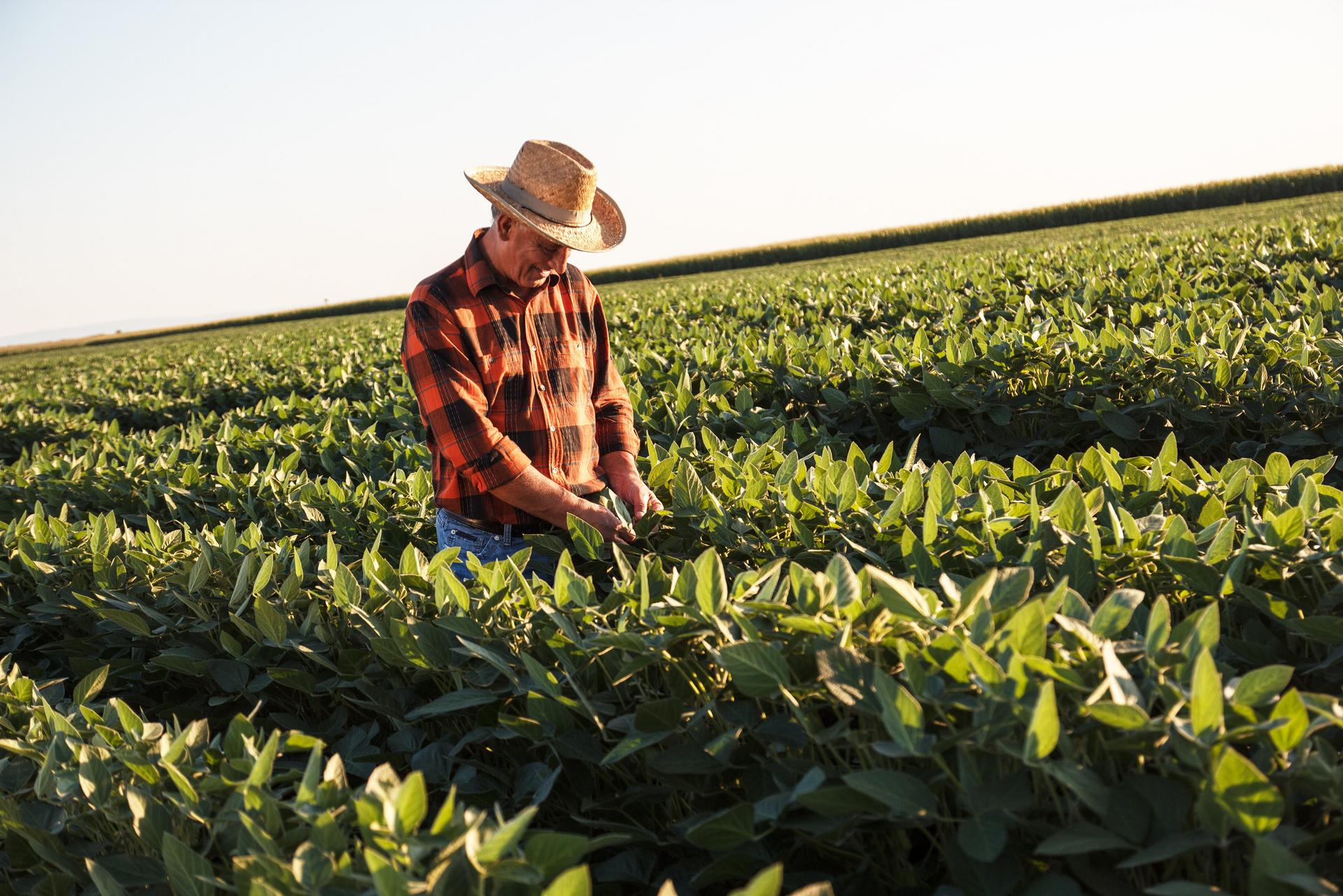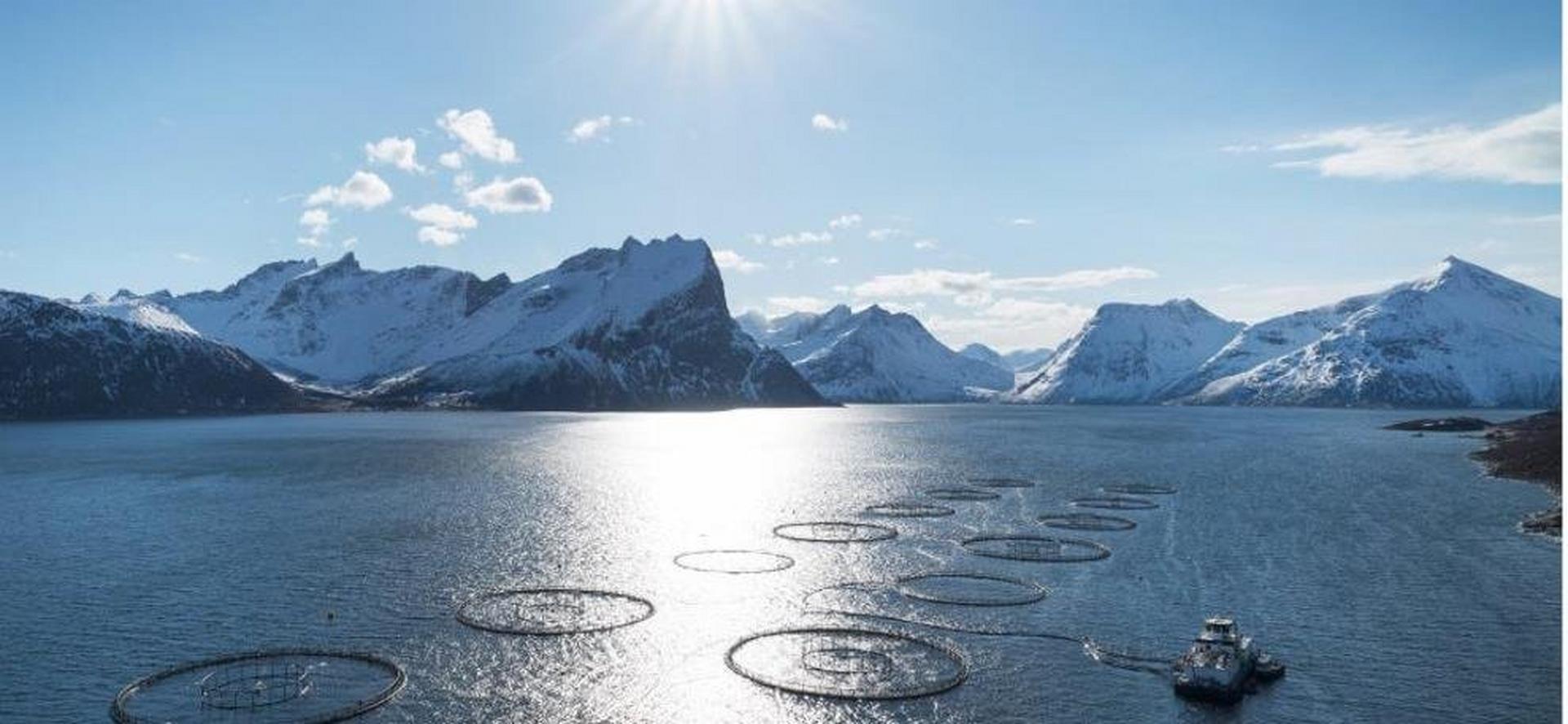In 2022, Lunar, a leading processor and supplier of wild seafood to Marks & Spencer, invested GDP 25 million in a marine feed ingredients facility to transform seafood off-cuts from fresh fish production into high-quality marine ingredients.
BioMar purchases nearly all of Lunar’s production of these marine ingredients to produce salmon feed for Scottish Sea Farms (SSF), ensuring that locally farmed salmon are raised on feed derived from Scottish seafood by-products.
Integrating these marine ingredients into our aquafeeds allows us to optimise nutrient recycling and reduce dependency on wild fish stocks while ensuring optimal fish health and growth performance. This reinforces Scotland’s role in responsible seafood production.
At the heart of this collaboration is Marks & Spencer, a regional retailer dedicated to responsible seafood sourcing. By sourcing both wild-caught seafood from Lunar and farmed salmon from SSF, Marks & Spencer strengthens the connection between local fisheries and aquaculture, ensuring consumers receive seafood from a fully integrated Scottish network.
This partnership demonstrates how fisheries and aquaculture can complement each other. It strengthens the seafood supply chain, advances circular economy principles and represents a shared commitment to ocean stewardship and resource efficiency.
Through strong partnerships and a commitment to responsible sourcing, Marks & Spencer, SSF, BioMar and Lunar are shaping the future of seafood production in Scotland. As the global seafood industry looks for ways to improve, this Scottish partnership is a model for how local collaboration can drive lasting change.






